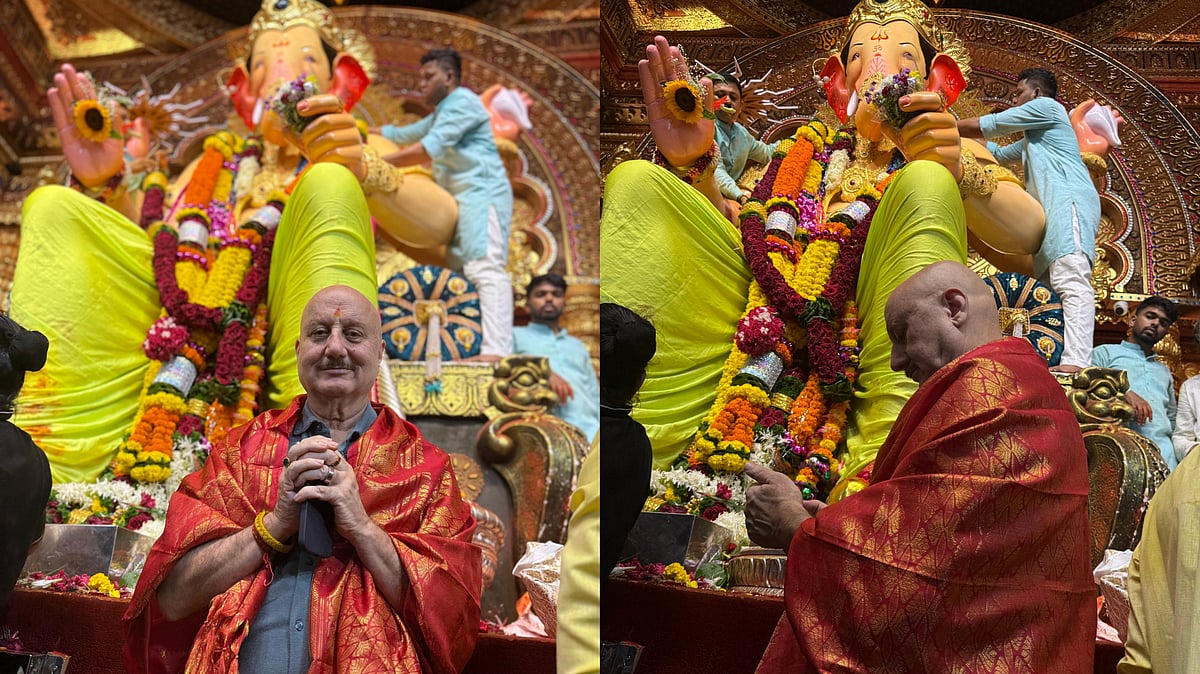The post-Covid19 world has witnessed a paradigm shift in every industry worldwide. The suburbanised expansion of cities, resulting from a change in infrastructure development demands innovative, inclusive, and sustainable models of infrastructure. We, as architects and urban designers, need to think Global and act Local, adhering to sustainable usage of resources worldwide.
With urbanisation being inevitable, we need to plan development models that synergise with augmented infrastructure in the city. Our future developments need to be derived with a step-by-step approach that can have a significant impact if large pockets of growth are tied up to a bigger infrastructure network.
There is a critical need to review redevelopment as an opportunity to upgrade and energise the city’s dying and inadequate infrastructure. The focus should be on bridging the gap between architecture and planning and bringing a holistic vision for a progressive city. Currently, urban infrastructure, especially transport hubs, are treated as isolated envelopes of development and do not converge to form a larger picture.
The new-age transit nodes should be looked at from a broader perspective on an urban scale that facilitate ease of access for pedestrians and cyclists and gives preference to the renewed norms of public transport. Railway station developments should also be looked at as channels of economic revitalisation and social upliftment as they generate more employment opportunities and unlock the real estate opportunities of otherwise under-utilised land parcels.
Transportation hubs are one of the approaches which catalyses the growth of thriving cities, so it’s no wonder that a good deal of infrastructure focus is dedicated to the development of railways and rapid mass transit systems. Although, new guidelines need to be put in place for urban public transport systems, which in turn will also bring many challenges to the fore and numerous construction technologies that will have to be used to address the issue.
A systematic approach that responds to a phased-out model is required to gain public trust in mass transit systems. Adhering to the social distancing protocols, we need to ideate well-distributed hours to limit contact and focus on non-motorised transport in the initial phases.
Under the endeavour of the Indian Railways and RLDA, we undertook the redevelopment and design of several railway stations, including Ludhiana, Visakhapatnam, Bhubaneswar, Muzaffarpur, Yeshwantpur (Bengaluru), and Jodhpur.
Apart from fulfilling functional requirements, these new projects are designed to accommodate all safety protocols to enable a seamless and safe transportation experience for the passengers. Especially considering the heavy footfall, the movement of the arriving and departing passengers is designed in a segregated manner.
The redeveloped stations are also envisioned with state-of-the-art passenger facilities, parking needs, retail options and food courts, activating these urban hubs.
The efficiency of public transport depends on the availability of different transport modes and their connectedness. Developing railway stations as multi-modal hubs will efficiently enhance the overall quality of urban infrastructure by reducing distances and travel time, offering maximum comfort to its users.
Incorporating non-motorised vehicular routes and dedicated pedestrian zones are required to step towards a multi-modal development and ensure a safer and more comfortable transportation system. New business models and strategies are being developed to encourage a new transit system focusing on shared mobility and digitising public transport infrastructure.
Like most other industries, the mass transit and public transport industry is also facing the urgent need to transform its infrastructure facilities and offer a better and safer experience. Developing new-age transit networks not only creates a synergy between the centre and the state but is a testament to collaborative work.
Capacity management, contactless ticket generation and other sensor-based security measures are now being installed at large. In addition, the focus is shifting towards making the rider feel more confident and safe by developing user-centric transportation services.
It is well known that public transportation is the backbone of cities; hence providing vital services, particularly in times of a pandemic, allows us to shape new forms of mobility. Using Covid-19 as an opportunity to develop, mass transit is using technology and data in new ways to re-energise the city’s infrastructure.
(Mitu Mathur is the Director of GPMA)










